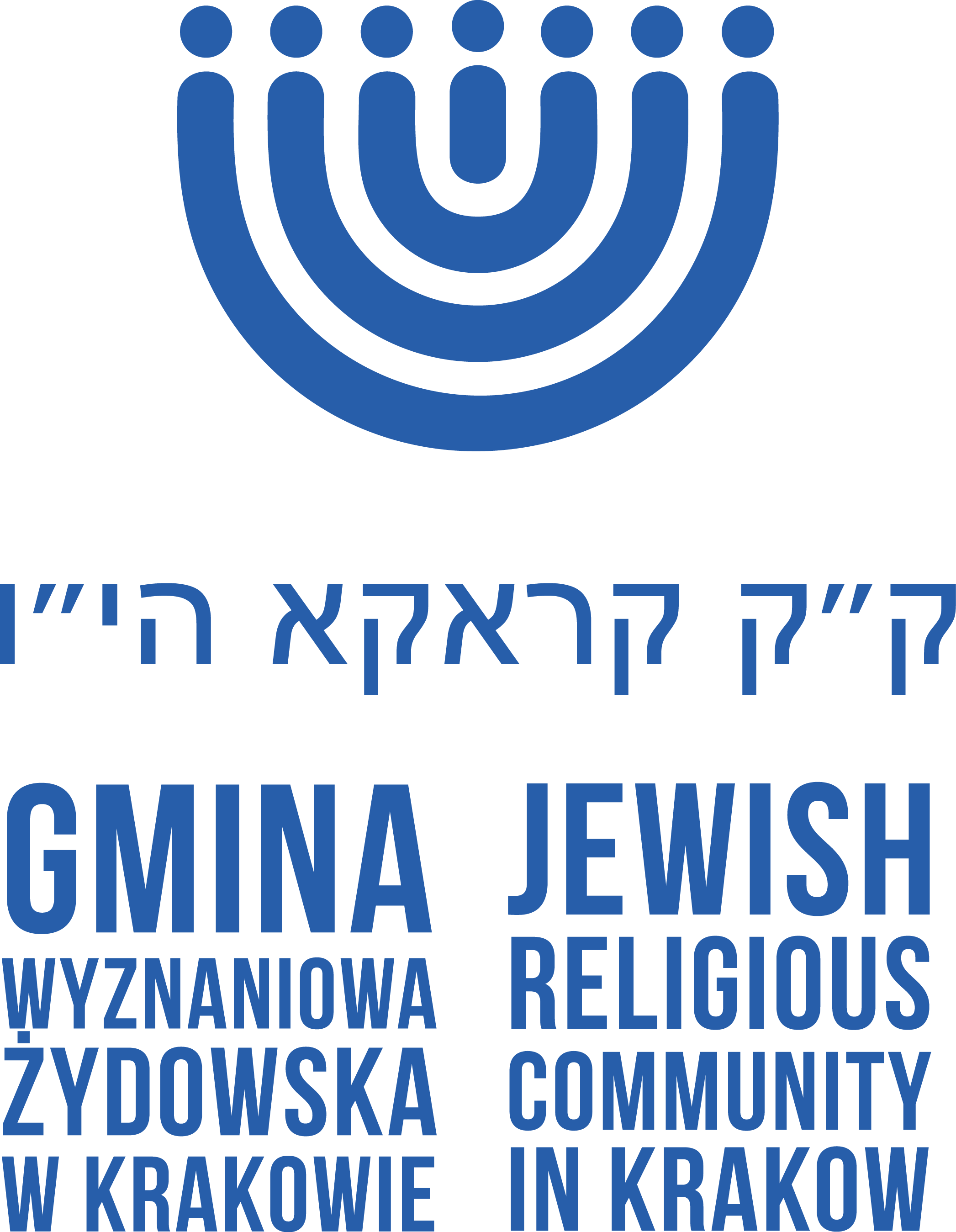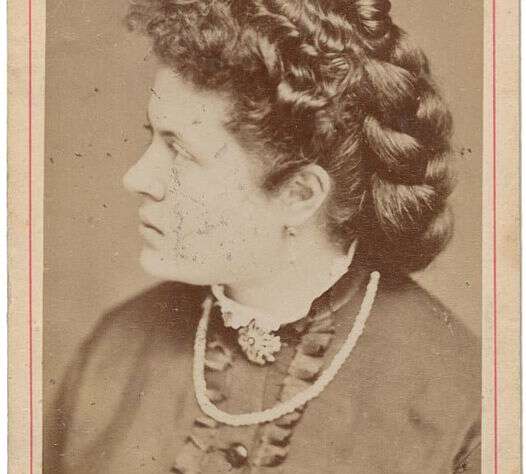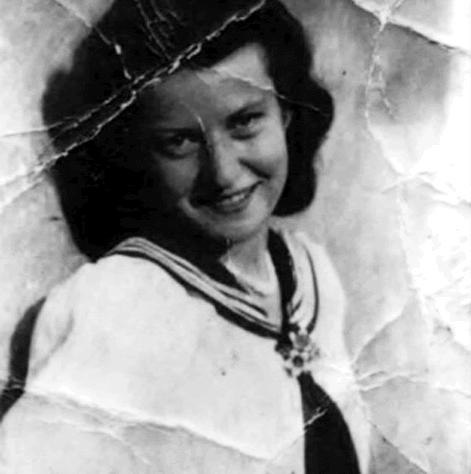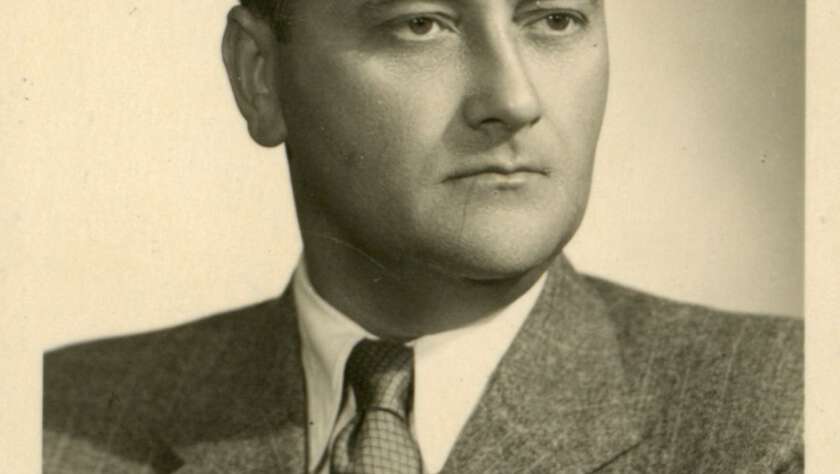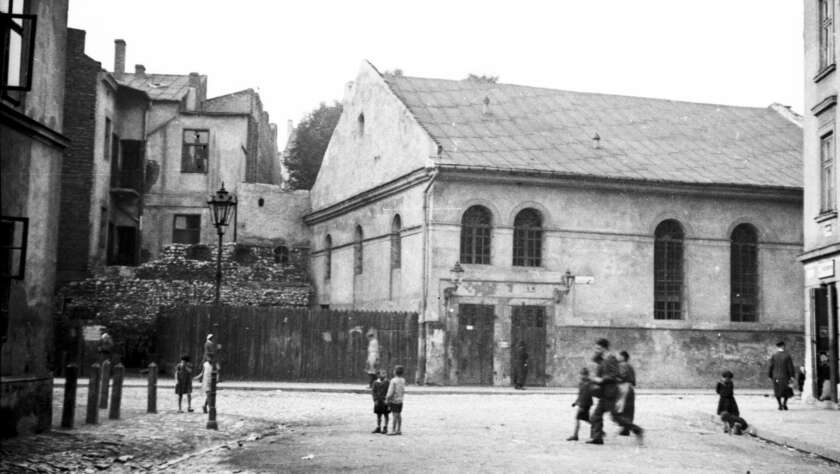Born in 1846, one of the first female photographers in Krakow, Amalia Krieger , died on 21st September 1928. She was ”(…) appreciated and well-known in the artistic world of Krakow and well beyond it thanks to her personality and artistic education” (Nowy Dziennik 1928, no. 260, the 27th September issue, p. 9). She learned the profession at her father’s photography studio which she went on to run with her brother Natan after their father’s death. The studio operated non-stop until 1926. She managed to save her family legacy including a unique collection of photography portraying the history of the city. After making the decision to shut down the studio in 1926, Amalia Krieger handed her extensive collection of photographic films and the studio equipment to the city…
Born on 20th September 1923 in Krakow, Halina Nelken, daughter of Emanuel and Regina, was a writer, art historian and a lecturer. Imprisoned at the German concentration camps during WWII. Nelken came from an assimilated family of the Krakow Jews. She lived at Długosza street in Krakow. Her grandfather took part in the January Uprising, while her father fought for independence in the legions. Due to progressing anti-semitism, she was forced to change her school from the Adam Mickiewicz Gymnasium to a private Hugon Kołłątaj Gymnasium. A member of Sokół – the Polish Gymnastics Association. During the German occupation in Krakow she was moved to the ghetto. Being on the verge of exhaustion, she tried to take her own life. Luckily however, her brother managed to save her…
Born on 11th September 1904 in Tarnopol, Józef Bogusz (Birkenfeld), son of Karol and Gustawa, née Goldberg, was a doctor specialising in thyroid, stomach, intestines and bile ducts surgery. A long-time employee of the Medical Academy in Krakow, the Chairman of the Association of Polish Surgeons as well as the Association of Polish Doctors. He was also a member of the Main Commission Investigating the Nazi Crimes in Poland , the International Janusz Korczak Association and numerous foreign academic associations. Bogusz was an author of over 200 research papers. A student of the Polish Gymnasium in Vienna (1914-1919) who spent the last three grades at the Jan Sobieski National Gymnasium no.3 in Krakow. Bogusz took the final exams in 1922 while in 1928, he finished the Faculty…
An orphanage for Jewish children in Rabka was closed down on 28th August 1945. In February, soon after the German occupation ended, a plan came up to open a care-therapeutic facility for Jewish children in Rabka. The facility was supposed to help to heal the difficult situation of the Temporary Assistance Commitee for the Jewish People at Długa 38 in Krakow. An orphanage for children returning from camps was also set up there. Finally, the facility in Rabka was opened at the break of June and July 1945 and was dedicated to the most sick children. It included three buildings: the Stasin, Juras and Niemen mansion. The facility offered shelter to approximately 100 children from Krakow, Warsaw, Łodz and other cities. The list of the young people…
Born on 20th August 1908 in Krakow, Julian Aleksandrowicz was a GP, professor of medicine, philosopher of medicine and haematologist. After graduating from the Kościuszko Gymnasium in 1926, he started studying at the Faculty of Medicine at the Jagiellonian University. He finished the university and became a doctor in 1933. One year later, Aleksandrowicz graduated frm the Department of Physical Education at the Jagiellonian University. In1934, he defended his doctorial thesis about bone marrow tests which he had started back in the times when he was still a Medicine student. Aleksandrowicz joined the army’s 72 Infantry Regiment in August 1939 as a second lieutenant doctor. He took active part in military operations. After escaping the prisoner-of-war camp, he returned to Krakow in January 1940. Not long after…
On 11th August 1945, during a morning prayer (Shacharit) held in the Kazimierz district, an aggresive crowd forced their way into the Kupa Synagogue. Several Jews were beaten up while the Synagogue was ransacked. What is more, that day witnessed further assaults and robberies of the Jews. The reason behind these events was a rumour about an apparent ritual murder of a Polish child commited by the Jews. As a result of these incidents one person died. The random victim was 56-year old Róża Berger who had just come back from KL Auschwitz-Birkenau. The Internal Security Corps Batallion managed to control he turmoil late evening yet the civilians did not stop their acts of violence and robberies. The authorities arrested dozens of rioters, 14 of whom were later…
Born on 7th August 1900 in Krakow, Leon Sperling, son of Salomon, was a member of the Polish national football team where he played 21 matches, an Olympic athlete, a three-time Polish football champion with Cracovia (1921, 1930, 1932), a bank clerk. Sperling was a trade school graduate. Due to his impressive talent as a striker, he got a nickname – ”a football magician”. In fact, Sperling was one of the best strikers of the interwar period. Throughout almost all of his career he was linked with Cracovia where he played 381 matches. However, Sperling took his first football steps in Jutrzenka Kraków. He made his debut with the Polish football team in a Poland-Hungary match on 18th December 1921 in Budapest. In 1924, he took part…
Born on 4th August 1906 in Vienna, Juliusz Madritsch was an entrepreneur who continued to do business in Krakow during WWII. He was recognised as Righteous Among the Nations by the Jad Waszem Institute in 1964. In spring 1940, Madritsch decided to move to Krakow as a way of avoiding joining the German army. There, he opened a sewing factory which employed 800 people. He stood out thanks to his ”human approach to the Jews” which was uncommon among other businessmen of those times. Instead, their goal was to take advantage of their employees and make as much profit as possible. Madritsch however, provided his employees with proper catering as well as good working conditions. In March 1943, right before the liquidation of the Krakow ghetto, together…
Born on 1st August 1889 in Tarnopol, Aleksander Bieberstein was a doctor, chronicler of the Krakow ghetto and a social activist. After Poland regained its independence, he started working as a doctor in the Polish Army, followed by a position in the Social Insurance Institution. In 1942, Biberstein organised and managed a hospital for infectious diseases in the Krakow ghetto. He was also a Chairman of the Board of a Facility for the Jewish Orphans. Aleksander Bieberstein was a prisoner of the Plaszow and Gross-Rosen camps as well. After WWII, he managed the Health Department of the Provincial Council until 1958. One year later Biberstein emigrated to Israel. Aleksander Biberstein is the author of one of the most significant pieces of work entitled ”Zagłada Żydów w Krakowie”…
Maria Orwid (Maria Pfeffer ), a pioneer in family psychiatry and family councellig was born on 23rd July 1930 in Przemyśl. A student of a well-known psychiatrist Antoni Kępiński, was both the founder and the manager of the first Psychiatry Clinic for Children and Teenagers in Poland. Maria Orwid came from an assimilated Jewish family. Her parents gave her lots of attention and cared about her intellectual development. After the war broke out, together with her family, Maria Orwid was moved by force to a ghetto which they later managed to escape from. Until the end of the war Maria Orwid lived in hiding in Lviv using her fake ”Aryan papers”. After the liberation, she moved to Krakow where she took the maturity exam and started her…
